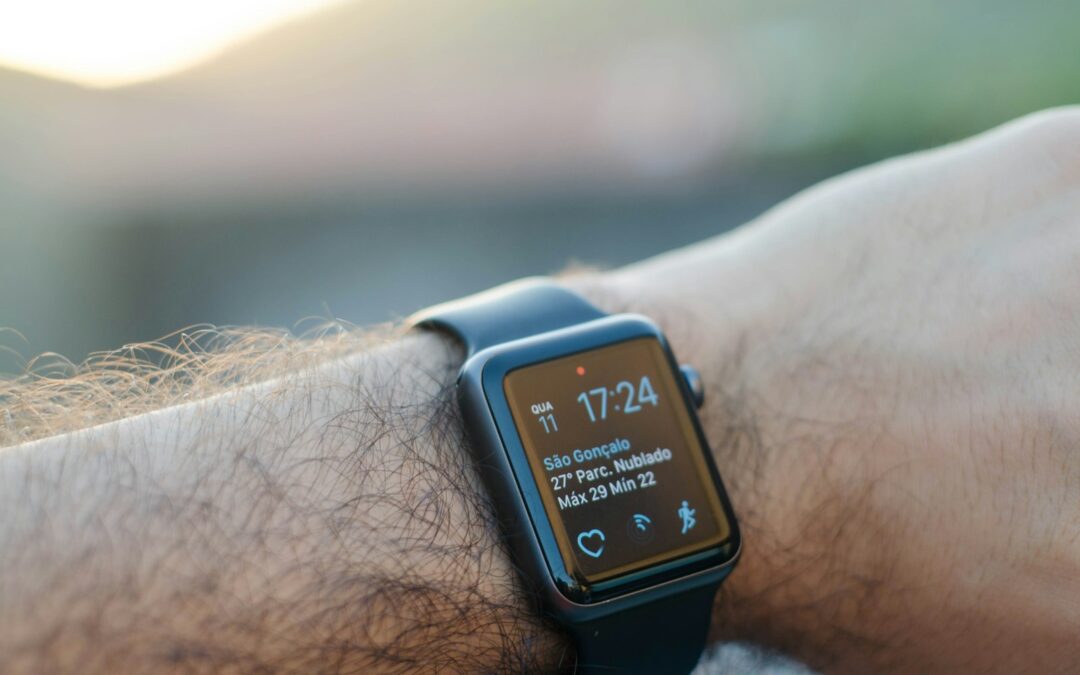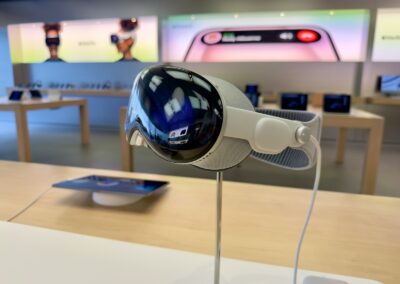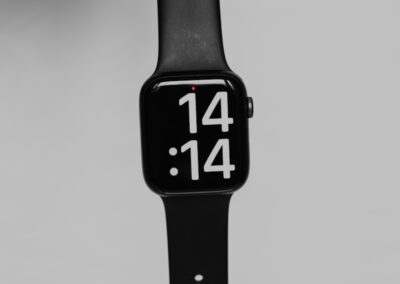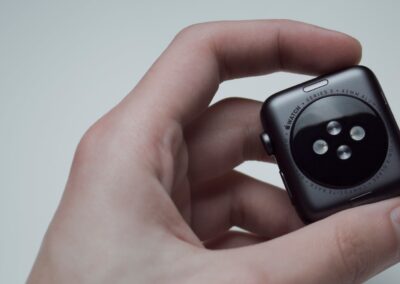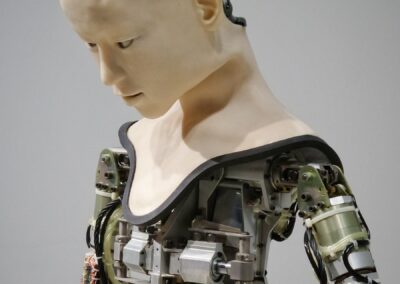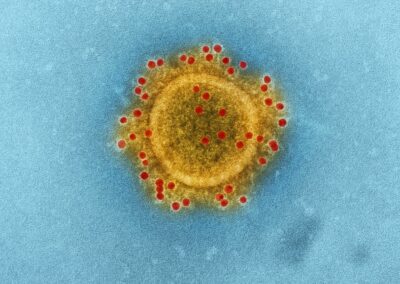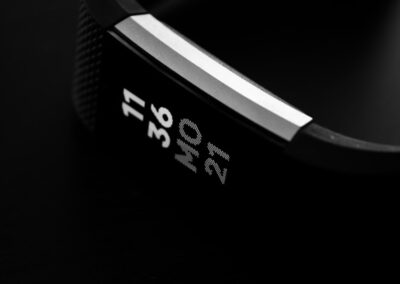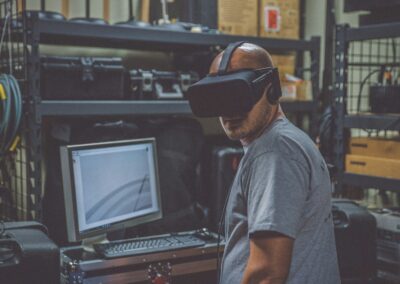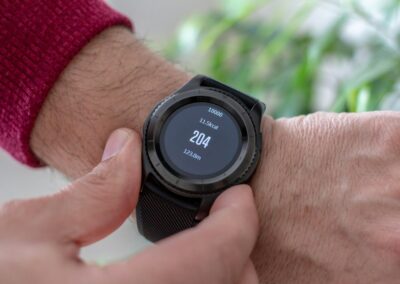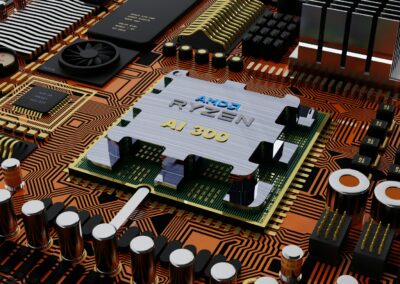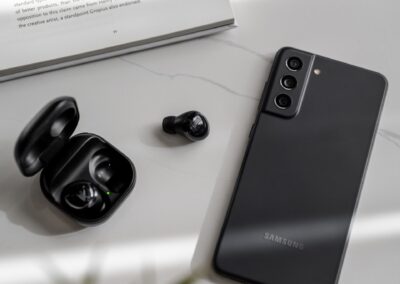The Impact of Materials Science on Wearable Technology
Revolutionizing Wearables with Advanced Materials
The development of next-generation wearable devices is heavily influenced by advancements in materials science. These innovations enable the creation of wearables that are not only more efficient and durable but also more comfortable and adaptable to the needs of users. By leveraging new materials, wearable technology is poised to revolutionize various sectors, from healthcare to fitness, and beyond.
In regions like Saudi Arabia and the UAE, known for their commitment to technological innovation, the integration of advanced materials in wearable devices is particularly significant. These regions are at the forefront of adopting cutting-edge technologies to enhance their healthcare and fitness industries. For instance, the use of flexible and stretchable electronics in wearables ensures that devices can withstand the rigors of daily use while providing accurate and reliable data.
Materials science has introduced flexible substrates and conductive inks, enabling the production of lightweight and highly functional wearables. These materials improve the comfort and wearability of devices, making them more user-friendly. Additionally, the integration of advanced sensors that utilize these new materials allows for more precise monitoring of health metrics, such as heart rate, glucose levels, and physical activity.
Enhanced Durability and Functionality
One of the key benefits of advancements in materials science is the enhanced durability and functionality of wearable devices. Traditional wearables often suffer from issues such as fragility and limited battery life. However, new materials like graphene and nanomaterials are changing the landscape by offering superior strength, flexibility, and energy efficiency.
Graphene, known for its exceptional electrical conductivity and mechanical strength, is being used to create wearables that are more robust and capable of delivering high performance. This material can be incorporated into various components of wearable devices, such as sensors and batteries, to improve their overall efficiency. In the healthcare sector, this translates to more reliable and longer-lasting devices that can continuously monitor patient health without frequent recharging or maintenance.
In Dubai and Riyadh, where the adoption of smart technologies is rapidly increasing, the use of durable and high-performing materials in wearables is crucial. These advancements ensure that wearable devices can meet the demanding requirements of users, from fitness enthusiasts to medical professionals. By providing reliable performance and extended lifespan, advanced materials contribute to the widespread acceptance and utilization of wearable technology.
Innovations in Smart Fabrics and Textiles
Another exciting development in the realm of materials science is the innovation of smart fabrics and textiles. These materials integrate electronic components directly into fabrics, creating wearable devices that are seamlessly incorporated into everyday clothing. Smart fabrics can monitor various health parameters, provide haptic feedback, and even generate energy through movement.
For instance, smart textiles embedded with sensors can monitor heart rate, respiration, and body temperature in real-time. This technology is particularly beneficial in the healthcare industry, where continuous monitoring is essential for managing chronic diseases. In regions like the UAE and Saudi Arabia, where there is a strong focus on preventive healthcare, smart fabrics offer a convenient and non-intrusive solution for health monitoring.
Moreover, smart textiles can enhance the user experience by providing additional functionalities such as touch-sensitive controls and haptic feedback. These features make wearables more interactive and intuitive to use. By integrating smart fabrics into wearable devices, manufacturers can create products that are not only functional but also fashionable and comfortable, encouraging broader adoption among users.
Future Prospects of Next-Generation Wearable Devices
Integration with Artificial Intelligence and IoT
The future of next-generation wearable devices lies in their integration with artificial intelligence (AI) and the Internet of Things (IoT). These technologies enable wearables to offer more personalized and intelligent functionalities. AI algorithms can analyze the vast amounts of data collected by wearables to provide actionable health insights and recommendations, enhancing user experience and health outcomes.
In regions like Riyadh and Dubai, known for their technological advancements, the integration of AI and IoT in wearables is set to revolutionize healthcare and other industries. For example, AI-powered wearables can predict potential health issues by analyzing patterns in user data, allowing for early intervention and prevention. This proactive approach to healthcare can significantly improve patient outcomes and reduce healthcare costs.
IoT connectivity further enhances the capabilities of wearable devices by enabling seamless communication between different devices and systems. Wearables can connect to smart home systems, healthcare providers, and other IoT devices to provide a comprehensive and integrated user experience. This connectivity ensures that users can access their health data anytime, anywhere, and receive timely support and interventions when needed.
Challenges and Considerations in Wearable Technology
While the advancements in materials science and technology offer numerous benefits, there are also challenges and considerations that need to be addressed. Ensuring the accuracy and reliability of wearable devices is crucial, as any inaccuracies can lead to misdiagnosis or inappropriate treatment. Additionally, the privacy and security of health data collected by these devices are paramount.
In regions like Saudi Arabia and the UAE, where data privacy is a top priority, it is essential to implement robust security measures to protect user data. This includes using encryption, secure data storage, and compliance with data protection regulations. Addressing these challenges will ensure that wearable devices can be used safely and effectively in healthcare and other industries.
Moreover, there is a need for ongoing education and training for healthcare providers and users on the use of wearable devices. Ensuring that users are well-informed about the capabilities and limitations of these devices will promote their effective use and enhance health outcomes. By addressing these challenges and considerations, wearable devices can continue to revolutionize healthcare and other industries.
The Path Forward: Continuous Innovation
The future of wearable technology is bright, with continuous innovation driving the development of more advanced and effective devices. Materials science will continue to play a crucial role in this evolution, providing the foundation for creating wearables that are more durable, functional, and user-friendly. By integrating AI, IoT, and other emerging technologies, next-generation wearables will offer even greater capabilities and benefits.
In Dubai, Riyadh, and other technologically advanced regions, the adoption of next-generation wearables will drive significant improvements in healthcare, fitness, and other sectors. These innovations will enable users to take a more proactive approach to their health and well-being, leading to better outcomes and a higher quality of life. As wearable technology continues to evolve, it will undoubtedly transform the way we live, work, and manage our health.
#NextGenerationWearableDevices #MaterialsScience #WearableTechnology #HealthTechnology #AIinWearables #SaudiArabia #UAE #Riyadh #Dubai #ArtificialIntelligence #Blockchain #ExecutiveCoaching #GenerativeAI #ModernTechnology #BusinessSuccess #LeadershipSkills #ManagementSkills #ProjectManagement

